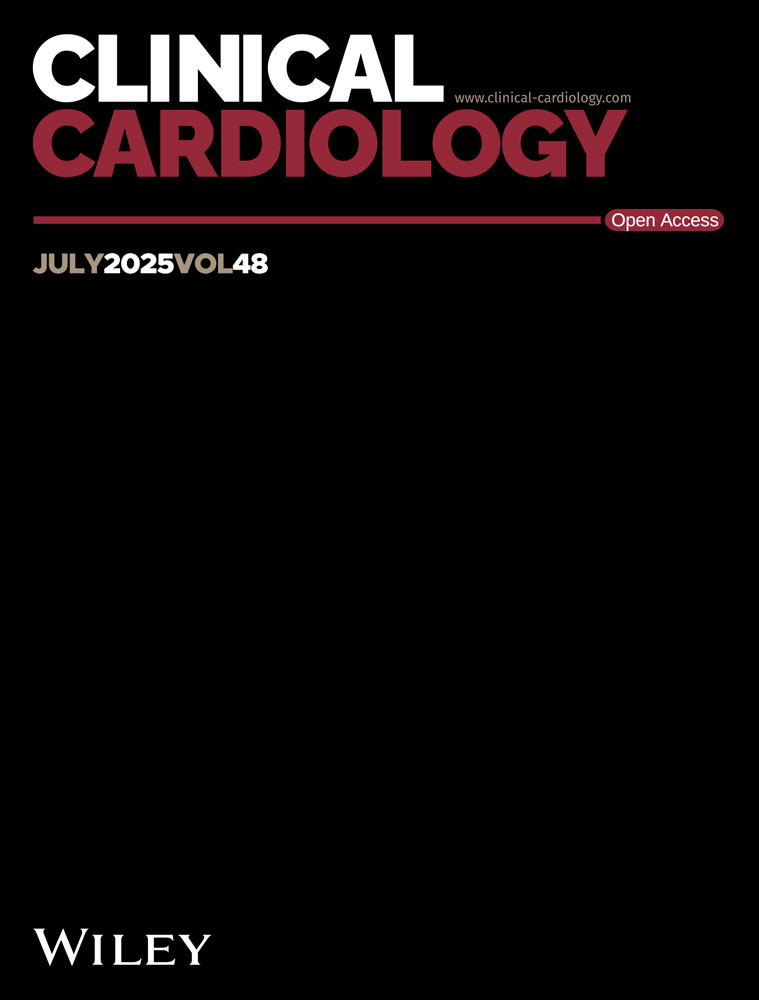Clinical Outcome Following Conservative vs Revascularization Therapy in Patients With Stable Coronary Artery Disease and Borderline Fractional Flow Reserve Measurements
Abstract
Background
Fractional flow reserve (FFR) measurements in the so-called gray-zone range of ≥ 0.75 and ⩽0.80 are associated with uncertainty concerning the guidance of patient therapy. It is unclear whether any difference in clinical outcome exists when revascularization treatment of FFR-evaluated lesions in this borderline range is deferred or performed. The objective of this study is to compare the clinical outcome of these patients with respect to their recommended treatment strategy.
Methods
Out of a single center database of 900 consecutive patients with stable coronary artery disease, 97 patients with borderline FFR measurements were identified and included in the study. The rate of major adverse cardiac events (MACE; cardiac death, myocardial infarction (MI), coronary revascularization) and the presence of angina were evaluated at follow-up.
Results
A total of 48 patients were deferred from revascularization and 49 patients underwent revascularization. There was no difference in risk profile between these groups. At a mean follow-up of 24±16 months, event-free survival in the deferred group was significantly better regarding overall MACE, combined rate of cardiac death, and MI, as well as MACE related to the FFR-evaluated vessel. No difference with regard to the presence of angina was observed.
Conclusions
Patients with coronary lesions in the borderline FFR range can be deferred from revasculariza-tion without putting them at increased risk for major adverse events. Revascularization may be considered in the course of therapy on an individual basis if typical angina persists or worsens despite maximal medical treatment. Copyright © 2010 Wiley Periodicals, Inc.




